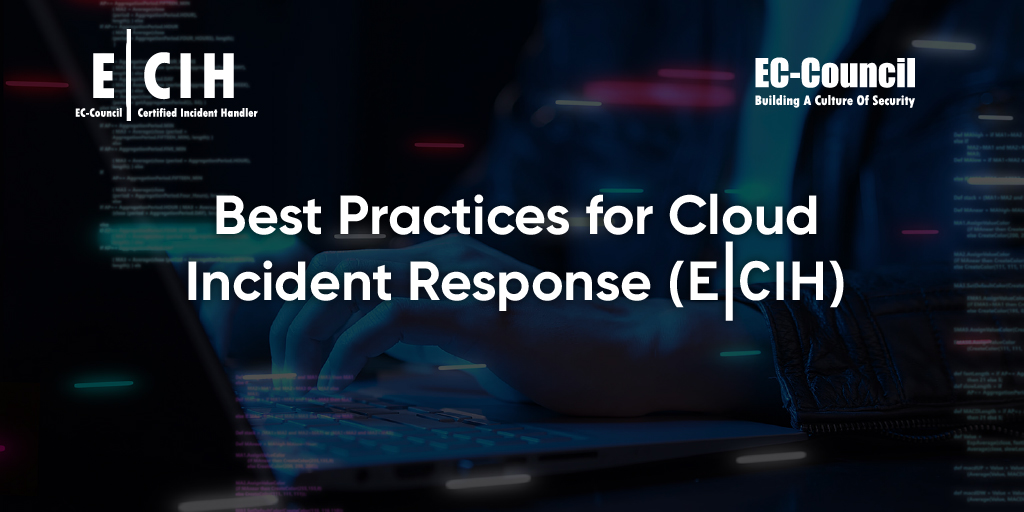Organizations of all sizes are moving to the cloud because of increased agility, scalability, and cost-efficiency. However, with these advantages come new risks and challenges that must be managed. Incident response is one of the most important but often overlooked aspects of cloud management.
This article discusses best practices for cloud incident response. Whether you are a small business or a large enterprise with a complex architecture, following these guidelines can help you protect your data and infrastructure and quickly recover from any cloud incidents.
Cloud Incident Response Framework
There is no one-size-fits-all approach for responding to incidents in the cloud. The cloud is a complex and ever-changing environment, so how you respond to an incident will vary depending on the situation. That is why it’s important to have a well-defined cloud incident response plan in place.
The framework consists of four key components: preparation and follow-on review, detection and analysis, containment, eradication, and recovery. Each component includes a set of best practices that should be followed to respond effectively to a cloud incident.
- Preparation and follow-on review are critical to the success of any incident response effort. Organizations should take time to plan for how they will detect and investigate incidents and identify who will be responsible for each task. They should also establish procedures for regularly reviewing their incident response processes to ensure they are effective.
- Detection and analysis are the first steps in responding to a cloud incident. Organizations should have systems and procedures to detect incidents quickly and collect data. They should also be able to analyze this data to determine the root cause of the incident and identify any potential indicators of compromise.
- The next steps in responding to a cloud incident are containment, eradication, and recovery. Organizations should take steps to contain the spread of an incident, eradicate its cause, and then recover from the incident. They should also put procedures in place to prevent future incidents from occurring.
- A post-mortem is the final step in responding to a cloud incident. Organizations should conduct a post-mortem analysis to learn from their experience and improve their incident response processes. This analysis should include a review of what went well and what could be improved, as well as recommendations for future action.
Not every incident will be the same, so a cloud incident response plan must be flexible. By having a well-defined plan in place, you can be prepared to deal with anything that comes your way.
Best Practices for Cloud Incident Response
For cloud incident response, there are best practices that organizations should follow to ensure data is collected and processed efficiently, standardized for preservation, and analyzed holistically. To get started, here is what you need to do:
- You need to know where your data comes from to identify potential incidents and threats. This means knowing which systems are generating data and understanding how that data is being generated. Once you have this information, you can start collecting data prudently — collecting only the necessary and relevant data for your investigation.
- After you have collected the relevant data, process it efficiently. Remove redundant or irrelevant data and organize the remaining data so it is easy to analyze.
- Once you have collected and processed the data, you must preserve it in a standardized format. You must ensure that the data can be easily accessed and reviewed.
- To get the most out of your data, analyze it holistically by looking at it from multiple angles to identify patterns.
- As you collect more data and become more experienced in analyzing it, you will need to refine and sharpen your toolset. This means constantly updating your tools and techniques to ensure that you can identify incidents and threats effectively (Campbell, J. 2022).
Cloud Incident Management Process
When an organization moves to the cloud, many changes need to be made to maintain the same security and uptime expected from on-premises infrastructure. One such change is how incidents are managed.
The cloud incident management process is a set of guidelines for responding to and managing incidents in cloud-based systems. These guidelines help ensure that incidents are handled efficiently and effectively, and that data is protected.
Cloud incident management begins with monitoring. Monitoring tools can detect issues and potential problems before they cause major disruptions. By monitoring metrics, analysts can identify issues early and take steps to prevent them from becoming full-blown incidents.
Cloud incident management aims to resolve incidents quickly and minimize the impact on users and business operations. To do this, it’s important to integrate alerting and monitoring with existing systems to quickly identify and fix problems before they cause major disruptions.
It is also important to work with cloud providers to keep data safe. Cloud providers have tools and processes in place to help prevent data loss. But they can only do so much; organizations should ensure their data is backed up and protected.
Finally, logs can provide valuable information about what happened during an incident. They can help organizations troubleshoot problems and prevent them from happening again.
The cloud incident management process is critical to maintaining a secure and reliable cloud environment. By following this process, organizations can minimize the impact of incidents and keep their systems running smoothly (Bramhe, R. 2022).
Incident response is one of the most important aspects of protecting your cloud environment. By following the best practices outlined in this article, you can create a framework that will help you quickly and effectively respond to any cloud incidents that occur. A well-defined process will make it easier for your team to handle an incident, minimizing its impact on your business.
The EC-Council’s Certified Incident Handler (E|CIH) program is designed to provide incident handlers with the knowledge and skills necessary to effectively respond to and manage computer security incidents. The program covers various topics, including incident response methodology, incident handling tools and techniques, and incident management. The E|CIH program is a great way for incident handlers to gain the skills and knowledge they need to be successful in their jobs.
Sources
Campbell, J. (2022, June 8). 5 Best Practices for Incident Response in Cloud Environments. Spiceworks. https://www.spiceworks.com/it-security/vulnerability-management/guest-article/5-best-practices-for-incident-response-in-cloud-environments/
Bramhe, R. (2022, February 23). Cloud Incident Management Guide. OnPage. https://www.onpage.com/cloud-incident-management-guide/
About the Author
Ryan Clancy is a writer and blogger. With 5+ years of mechanical engineering experience, he’s passionate about all things engineering and tech. He also loves bringing engineering (especially mechanical) down to a level that everyone can understand. Ryan lives in New York City and writes about everything engineering and tech.









